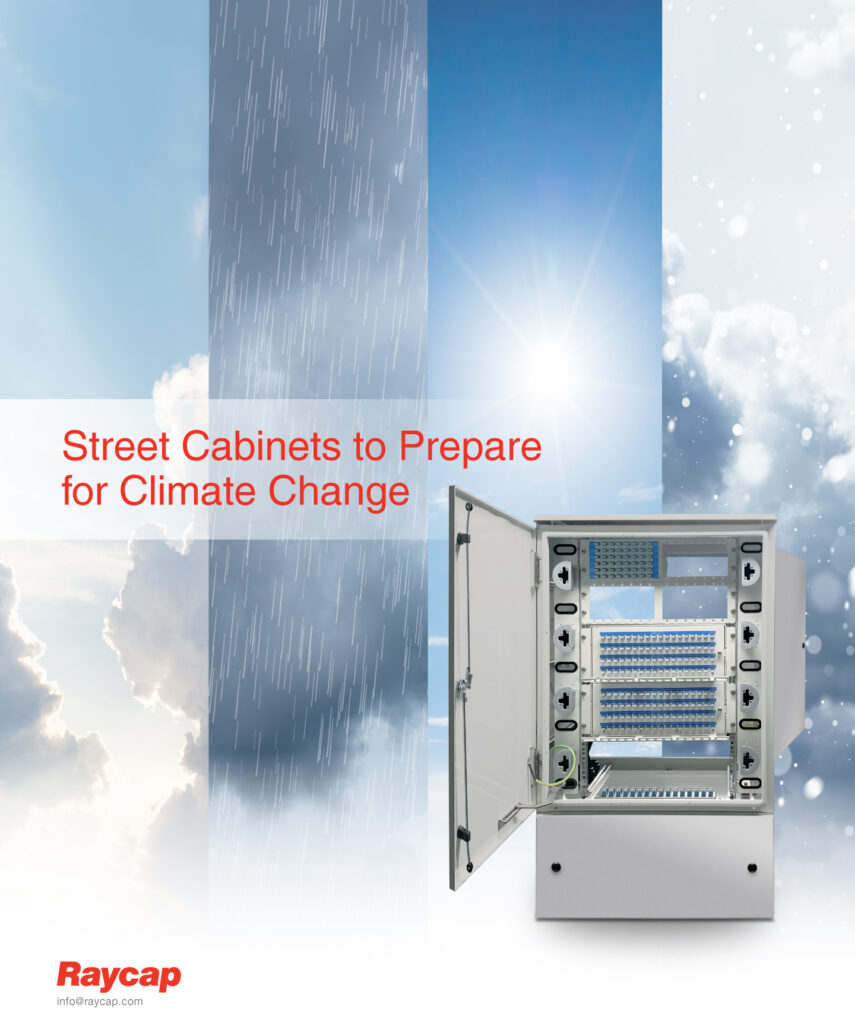Adapting Telecom Infrastructures for Enhanced Connectivity
Businesses want to continue to operate profitably, so they must not only react to the current situations that impact their business but also predict the future. They must assume certain things about the operational aspects of the business in the time that has not yet reached us, to not only prepare for these events but also to allocate budget toward the things necessary to deal with them effectively. For example, the telecom industry must place equipment in the field to allow customers to connect to the network they are paying to access. The only way for a cell phone to access that network is if it is within a specific range of an installation of equipment that can receive the signal and transmit it to that device.
The signals are then routed to the network via connectivity cables and wireless transmitting/receiving equipment that enables a connection to be made to someone on the other side of that call or data request. If the user is far away from that installation of equipment, then the signal might be poor, and the service could suffer in the form of dropped calls or poor-quality connections. As the speeds of networks increase, specific types of equipment need to be positioned in the field, and those installations need to be closer to the users themselves.
The advent of 5G technology allowed for data transfer speeds that were unheard of before but came with the necessity that the 5G installation be within closer proximity to the user. This has made necessary 5G installations at street level and in places where previous installations would never have been placed. In the past, telecom installations were within remote and unobstructed locations where users could be at significant distances from the equipment and still receive an adequate signal.
Safeguarding 5G Equipment in an Evolving Landscape
Today, the transmitting and receiving equipment must be all around the users to keep the 5G speeds to function. This new rollout of equipment puts far more computerized devices into the field and harm’s way. To plan for the future, telecom operators must further protect and conceal that equipment using street furniture and shrouding devices that act as a barrier between the sensitive equipment and outside forces that can harm it. Those outside forces can range from tampering to lightning strikes.
Street furniture or cabinets must protect against all types of hazards to keep the network online and functioning. These ground, pole, or building side-mounted shrouds are now critical pieces of the installation’s infrastructure and must be planned for the future growth and development of the industry. Carriers need to plan for space necessary and potential changes to their environment. If they are too small and do not allow for the integration of new equipment, they may become obsolete and need to be replaced sooner than they should. This would cost an unnecessary budget in the future that could be avoided through planning.

